Sofrito is a flavourful cooking base used in many Latin American and Spanish dishes. In modern times, it is well-known as an integral part of authentic Puerto Rican and Dominican cuisine. However, it has its roots in Spain. Sofrito — or sofregit — began as a simple base of slow-cooked onion and oil, and bacon if it was available.
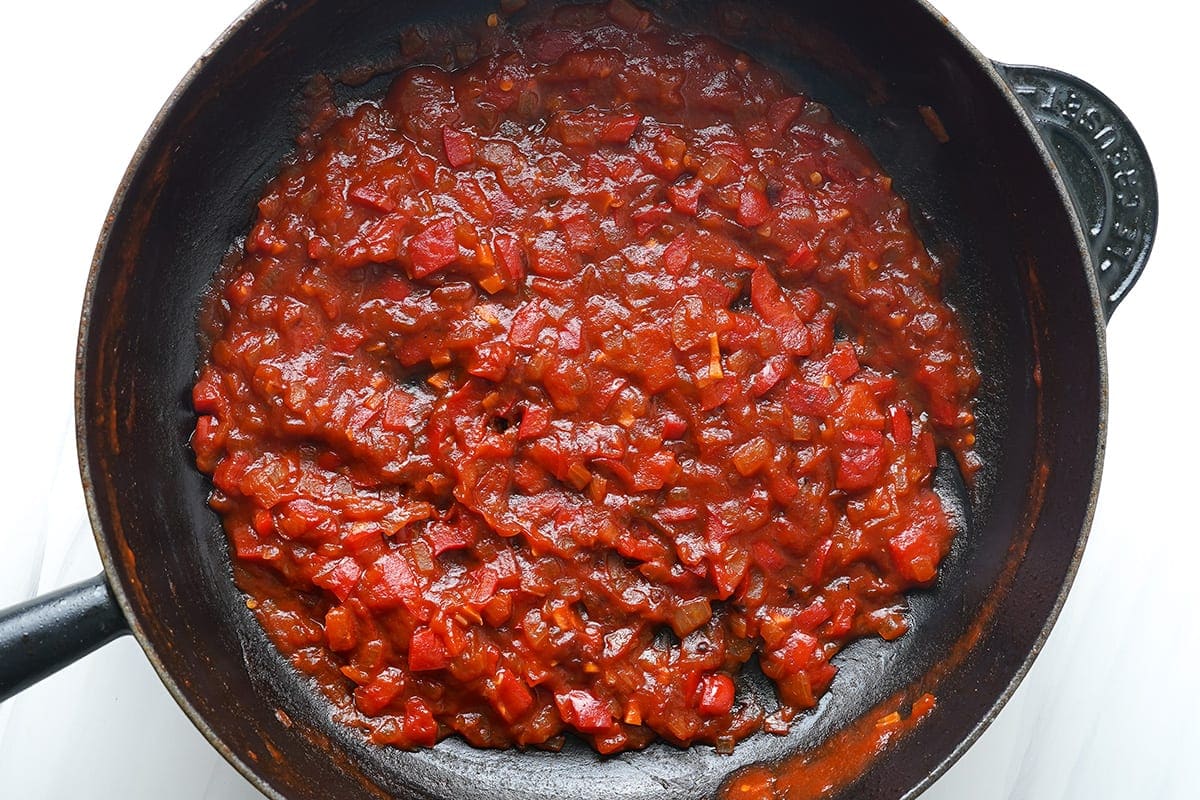
Jump to: ℹ️ Overview |👨🍳 Types | 📷 How To Make | | 🍽 Sofrito Recipes
What Is Sofrito?
If you’re familiar with mirepoix, it’s very similar in terms of its culinary purpose. Roughly translated, sofrito means to lightly fry. This aromatic base typically consists of ingredients such as onions, garlic, bell peppers (capsicum), and herbs like cilantro (coriander) or parsley, all finely chopped or blended. Optionally, sofrito may also include diced tomatoes and carrots.
The ingredients are then sautéed in oil or lard to release their rich flavours, then used as a base for soups, stews, rice dishes, and sauces, adding depth and complexity to the final dish. Its exact ingredients and proportions can vary depending on regional and individual preferences.
Types Of Sofrito
Since the 14th century, sofrito has evolved and has been embedded into traditional cuisine across the Pacific, each offering a unique twist on the traditional base. Some popular variations include:
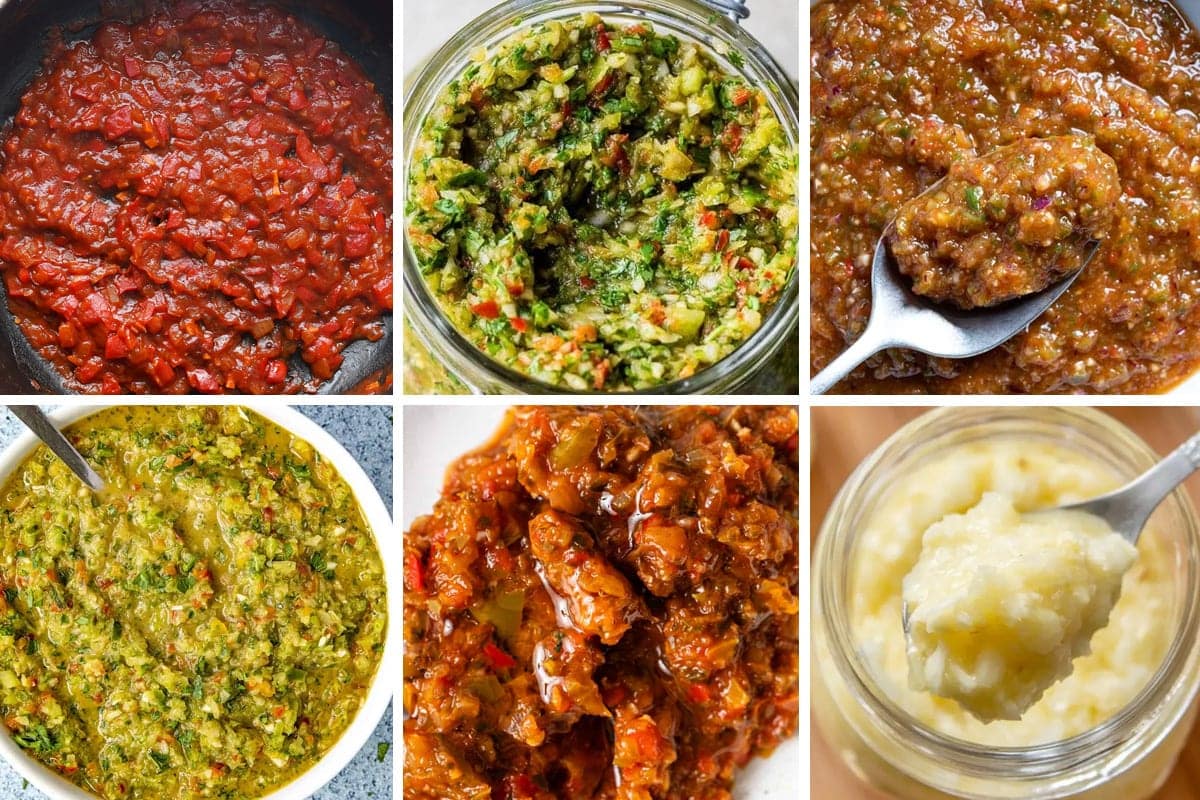
Cuban Sofrito: Includes ingredients like onions, garlic, bell peppers, tomatoes, and sometimes a hint of citrus juice or vinegar. It’s often used in Cuban dishes like black beans and rice (Moros y Cristianos) or picadillo. Additionally, bean recipes often include ham or chorizo in the sofrito.
Puerto Rican Sofrito (Recaito): This version features similar ingredients to the Cuban version but may include additional elements like culantro (not cilantro!) or annatto seeds (achiote) for colour and flavour. It’s a key component in dishes such as arroz con gandules (rice with pigeon peas) and stewed meats.
Dominican Sofrito (Sazon): It typically includes onions, garlic, bell peppers, tomatoes, and cilantro, but may also incorporate ingredients like celery, olives, and oregano. It’s used in various Dominican dishes like pollo guisado (stewed chicken) and mangú (mashed plantains).
Green Sofrito: This one is also known as Recaito and is a flavorful cooking base commonly used in Latin American and Carribean cuisines, but could also be found in some Spanish and Portuguese dishes (slightly different variations). In its green variant, sofrito typically includes ingredients like green bell peppers, onions, garlic, and a mix of herbs such as cilantro and parsley.
Spanish Sofrito: This variation is commonly made with tomatoes, onions, garlic, and sometimes bell peppers, then cooked in olive oil. It serves as a base for many Spanish dishes such as paella, soups, and sauces like sofrito sauce (as the name suggests).
Filipino Sofrito: Known as “ginisa” in Filipino cuisine and very similar to Spanish sofrito, it typically consists of garlic, onions, tomatoes, and sometimes ginger, sautéed in oil. It’s used as a base for many Filipino dishes including adobo, sinigang, and stir-fries.
Brazilian Sofrito: Also known as Refogado (the Portuguese word for sofrito), which is a term commonly used to reference the mix of onion, garlic, and salt sautéed in little oil. It is a classic base for many Brazilian dishes, such as rice,beans, coxinha, or to sauté vegetables, such as cabbage, broccoli, and spinach. It can be made ahead of time!
These variations showcase the versatility of sofrito, adapting to local ingredients and culinary traditions while adding depth of flavour to a wide range of dishes.
How To Make Sofrito
Sofrito is a great ingredient base to have in your repertoire. It’s versatile, adaptable, and flavourful using fridge and pantry staples to enhance all types of foods whether it’s beans and rice, sauce, or roasted meats.
With its regional variations come familial variations. In homes across Latin America, you’ll likely find sofrito with unique additions that work well in the final dish. When does sofrito become not sofrito anymore? How can you master this recipe for yourself?
To make a great sofrito, follow these general steps:
- Gather Ingredients: You’ll need the basics i.e. onions, garlic, bell peppers, tomatoes, and herbs like cilantro or parsley. You can also customise it with additional ingredients like culantro, celery, or annatto seeds depending on the variation you’re making.
- Prep: Finely chop or dice all the ingredients. You can also use a food processor to save time, but be careful not to over-process as you want the sofrito to retain texture.
- Sauté the aromatics: Heat some oil or lard in a skillet over medium heat. Add the onions and bell peppers first, sautéing until they soften and become translucent, around 5 minutes.
- Add garlic and tomatoes: Add the garlic to the skillet and cook for another minute or until fragrant. Then, add the tomatoes and cook until they start to break down and release their juices, about 5-10 minutes.
- Incorporate herbs and seasonings: Stir in your chosen herbs like cilantro or parsley, and any additional seasonings such as salt, pepper, or annatto seeds for color. Cook for a few more minutes to allow the flavors to meld together.
- Adjust consistency: Depending on your preference, you can leave the sofrito chunky or blend it into a smoother paste using a blender or immersion blender.
- Store or use: Once the sofrito has cooled, you can use it immediately in your recipes or store it in an airtight container in the refrigerator for up to a week. It can also be frozen for longer storage.
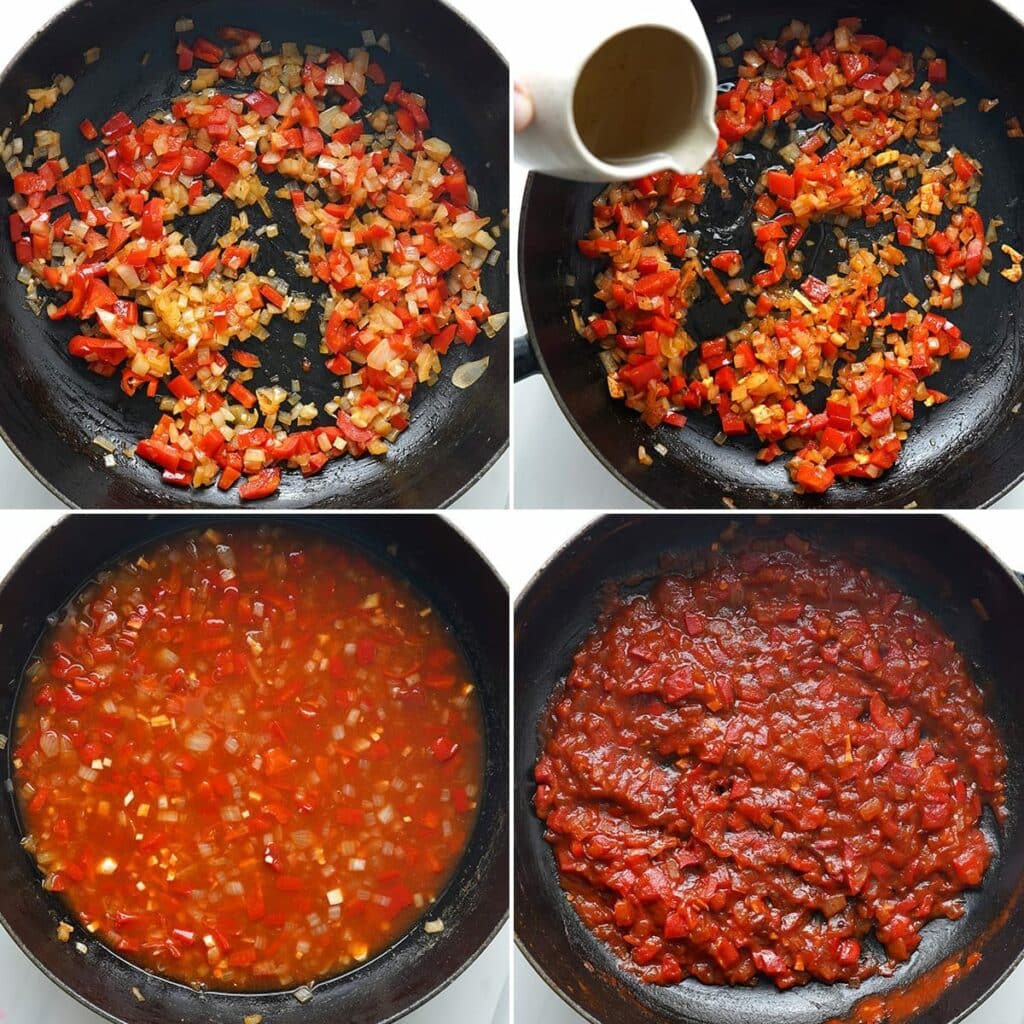
Here is a recipe for raw sofrito suitable for Latin American and Caribbean cooking.
Recipes Using Sofrito
Here are some sofrito-based recipes from around the world.













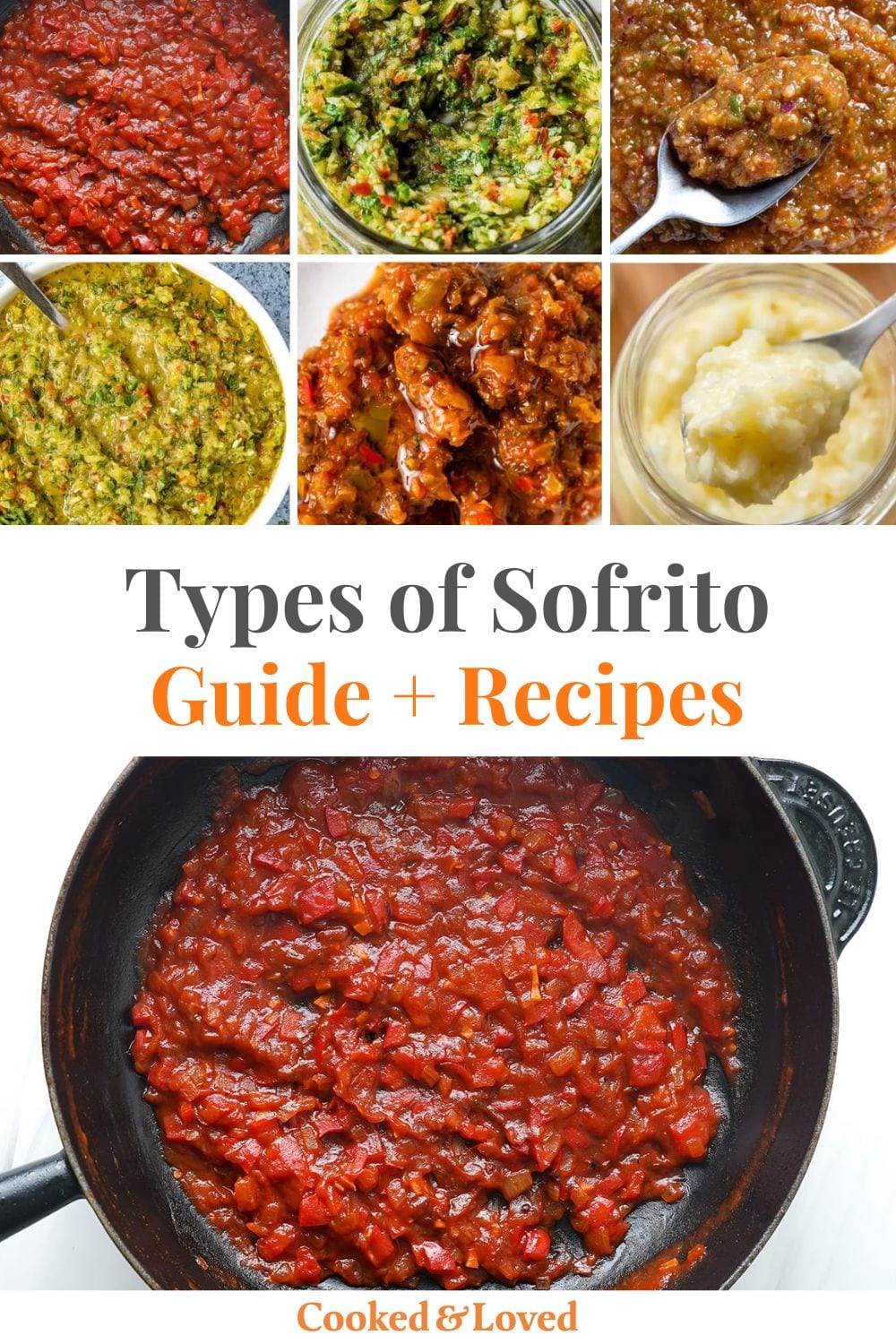

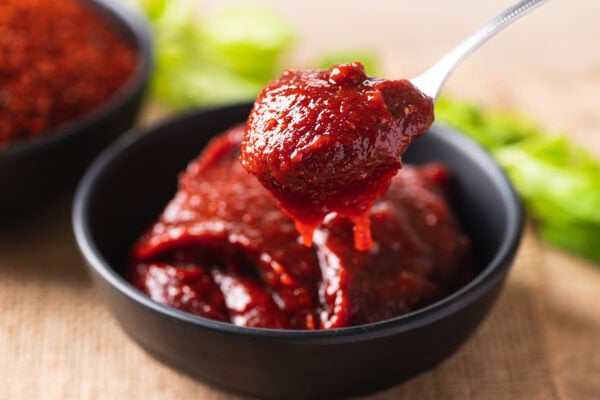


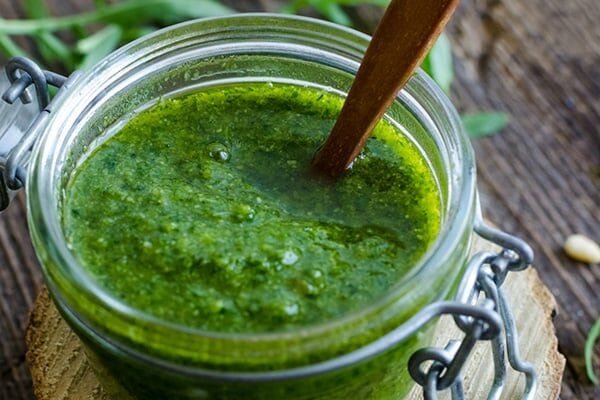
Comment or Rate This Recipe
Made the recipe? Please leave a rating as it helps other readers to discover this dish. You don’t need to leave a comment if rating a recipe, unless it’s 3 stars or below.
Comments
0 Comments